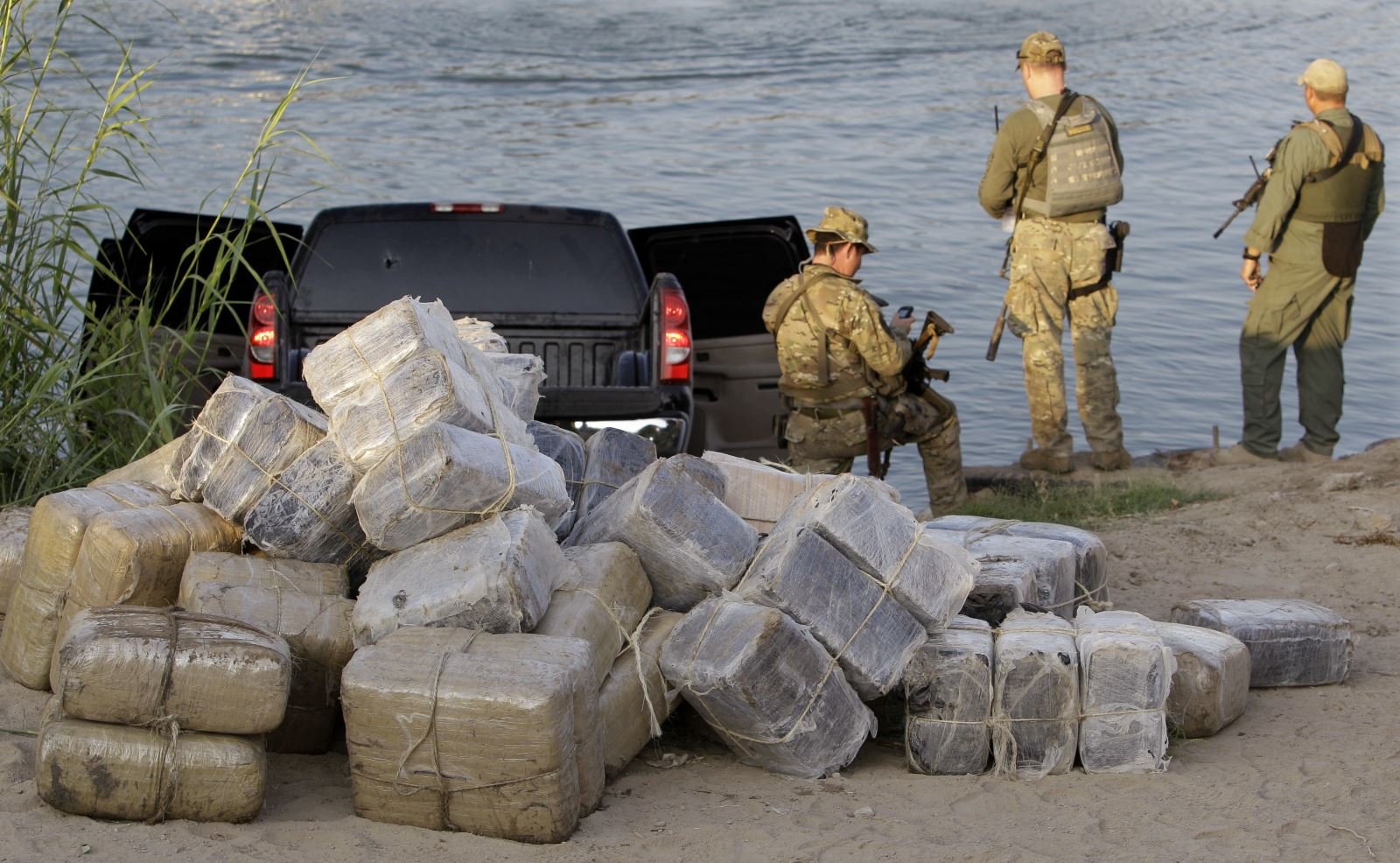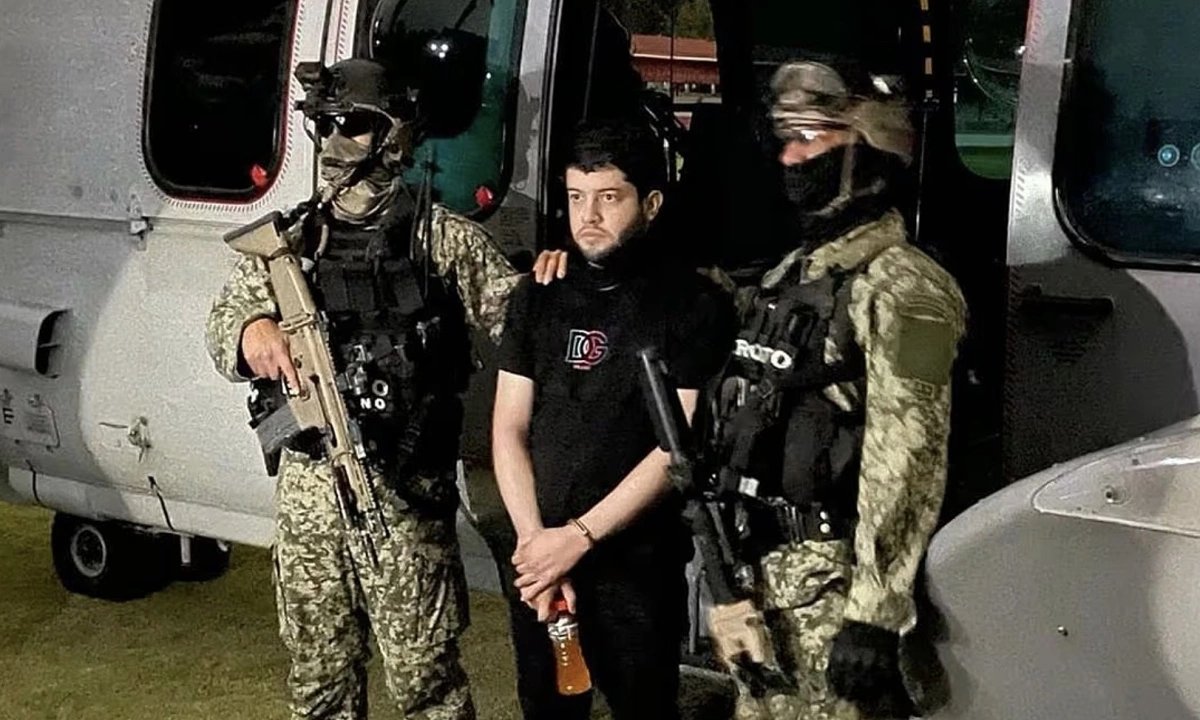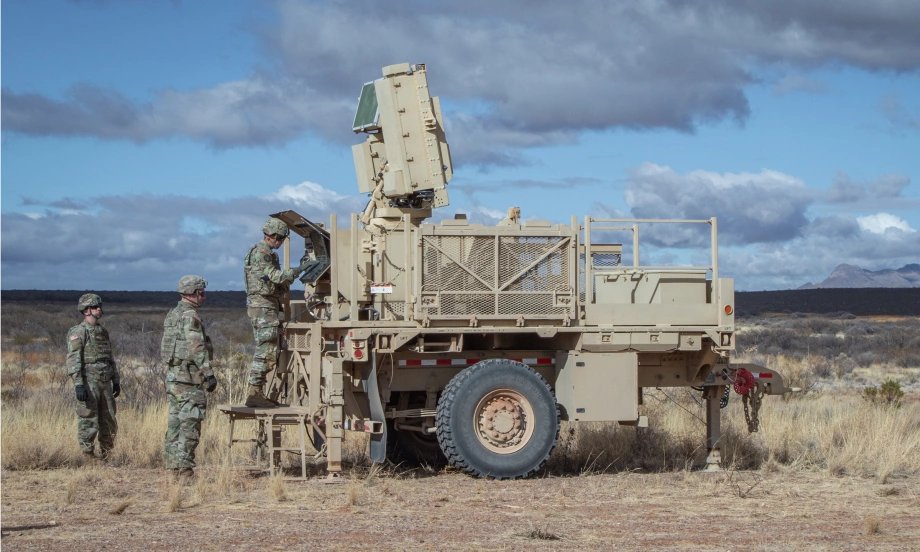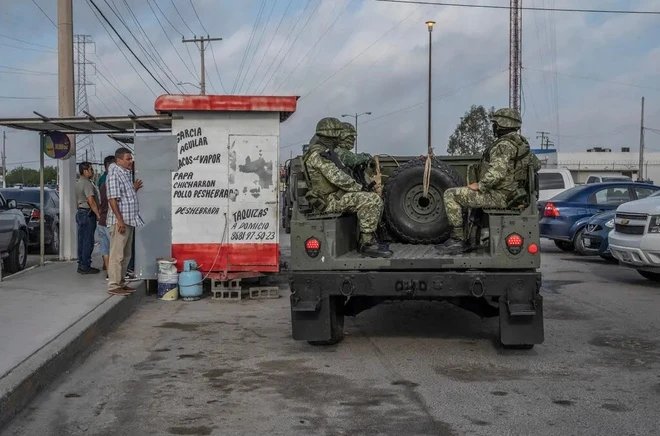In recent developments, the United States has taken a decisive step towards bolstering its security along the southern border with Mexico. As part of its ongoing efforts to combat the increasing threat of drug cartels and organized criminal groups, the US government has deployed sophisticated air defense radar systems near the Mexican border. This move has sparked widespread attention and raised important questions about its implications for border security, drug trafficking, and international relations. In this article, we will delve into the details of this deployment, the motivations behind it, and its potential consequences.
The US-Mexico border has long been a hotbed of illicit activity, with drug cartels playing a central role in smuggling narcotics, weapons, and other contraband into the United States. These cartels, particularly the infamous Sinaloa, Jalisco, and Gulf cartels, have established powerful networks that stretch across both countries, enabling them to engage in large-scale trafficking operations. The proliferation of illegal drugs, such as methamphetamine, cocaine, heroin, and fentanyl, has fueled a public health crisis in the US, resulting in thousands of overdose deaths each year.

In addition to their involvement in drug smuggling, these cartels have also been responsible for violent crime, human trafficking, and money laundering. As a result, the US government has made the fight against these criminal organizations a top priority. However, despite extensive law enforcement efforts, the cartels continue to operate with relative impunity, largely due to the vast and difficult-to-monitor terrain along the border.
Air defense radar systems are typically associated with military and defense operations, designed to detect and track airborne threats such as enemy aircraft or missiles. However, in this case, the US is employing advanced radar technology to enhance its ability to detect and respond to illicit air traffic crossing the border, often used by drug cartels to smuggle drugs into the country. The radar systems are particularly effective in monitoring low-flying aircraft, such as small planes and drones, which are commonly used by cartels to bypass traditional border checkpoints.
The decision to deploy air defense radar along the Mexican border reflects the growing sophistication of drug cartel operations. These criminal organizations have adapted to evolving security measures, often using aircraft to transport large quantities of drugs over the border, avoiding the increased scrutiny faced by ground-based smuggling methods. By integrating air defense radar into border security infrastructure, the US aims to close this critical gap in its efforts to prevent drug trafficking and other illegal activities.

The radar systems being deployed near the Mexican border are designed to detect low-flying aircraft and drones that may be engaged in illicit activities. These systems utilize cutting-edge technology, including advanced tracking algorithms and high-resolution imaging, to provide real-time data on air traffic in the area. Once a suspicious aircraft is detected, the system can alert border patrol agents and other law enforcement personnel, enabling them to respond quickly and effectively.
In addition to monitoring aircraft, the radar systems can also track drones, which have become an increasingly popular tool for drug cartels in recent years. Drones are relatively inexpensive and easy to operate, making them an ideal choice for cartels looking to smuggle small quantities of drugs across the border. With radar systems capable of detecting these unmanned aerial vehicles (UAVs), authorities can better disrupt cartel operations and prevent the transportation of contraband.
The deployment of air defense radar systems near the US-Mexico border is part of a broader strategy to enhance national security and combat the growing influence of drug cartels. While traditional border security measures, such as physical barriers and ground-based patrols, have proven effective to some extent, they are not foolproof. The vast, rugged terrain along the border makes it difficult to monitor every inch of the border, and cartels have found ways to exploit this vulnerability.

By introducing air defense radar, the US is taking a more proactive and technological approach to border security. This move not only strengthens the nation’s ability to detect and intercept drug trafficking operations but also sends a clear message to cartels that their ability to operate undetected is rapidly diminishing. In a region where cartels have long enjoyed a degree of freedom due to the vast expanses of unmonitored land and airspace, this new technological advantage could shift the balance of power in favor of law enforcement agencies.
While the deployment of air defense radar systems is a strategic move aimed at enhancing border security, it also has potential implications for US-Mexico relations. Mexico has long been an important partner in the fight against drug cartels, and both countries have worked together to combat transnational organized crime. However, the increased use of advanced radar systems and surveillance technology along the border could raise concerns about sovereignty and privacy.
Mexican officials may view the deployment of these radar systems as an encroachment on their airspace, particularly if the systems are capable of detecting and tracking activities within Mexican territory. Such concerns could strain diplomatic relations between the two countries, especially if the US is seen as taking unilateral action without sufficient consultation or cooperation with Mexico.
On the other hand, Mexico may welcome the deployment as part of a broader effort to combat the influence of drug cartels, particularly given the toll that these criminal organizations have taken on both countries. The shared responsibility for tackling organized crime could lead to increased collaboration and intelligence-sharing between US and Mexican authorities, further strengthening the fight against drug trafficking.
As with any major security initiative, the deployment of air defense radar systems near the Mexican border has sparked public debate and controversy. Critics argue that the use of military-grade surveillance technology raises concerns about privacy and civil liberties, particularly for those living near the border. The potential for overreach and unwarranted surveillance could lead to heightened tensions within border communities, where residents may feel they are being unfairly targeted or monitored.

Additionally, some groups have expressed concerns that the focus on combating drug cartels through technological means may overlook the root causes of the drug trade, such as poverty, lack of education, and limited economic opportunities in both the US and Mexico. While radar systems may help intercept drug shipments, they do not address the broader social and economic factors that drive people to become involved in criminal activity.
The deployment of air defense radar systems is just one example of how technology is being increasingly integrated into border security efforts. As drug cartels continue to evolve their methods of operation, law enforcement agencies must adapt by utilizing new tools and technologies to stay ahead of the curve. The success of radar systems in detecting and disrupting drug trafficking operations could pave the way for the implementation of other advanced security measures, such as artificial intelligence (AI), machine learning, and automated drone patrols.
The future of US border security will likely see a greater emphasis on technological innovation, with an increased reliance on data-driven solutions to address complex criminal activities. While the challenge of combating drug cartels remains formidable, the deployment of air defense radar systems demonstrates the US government’s commitment to using all available resources to protect its citizens and uphold the rule of law.
The US deployment of air defense radar systems near the Mexican border is a significant step in the ongoing battle against drug cartels and organized crime. By enhancing the ability to detect low-flying aircraft and drones used by cartels, the US is better equipped to prevent the smuggling of illicit drugs into the country. While the move has sparked some controversy and concerns about privacy and international relations, it is a necessary measure to combat the growing threat posed by drug trafficking. As technology continues to evolve, it is likely that border security will become increasingly reliant on advanced systems like air defense radar to address the challenges of modern-day crime and terrorism.
